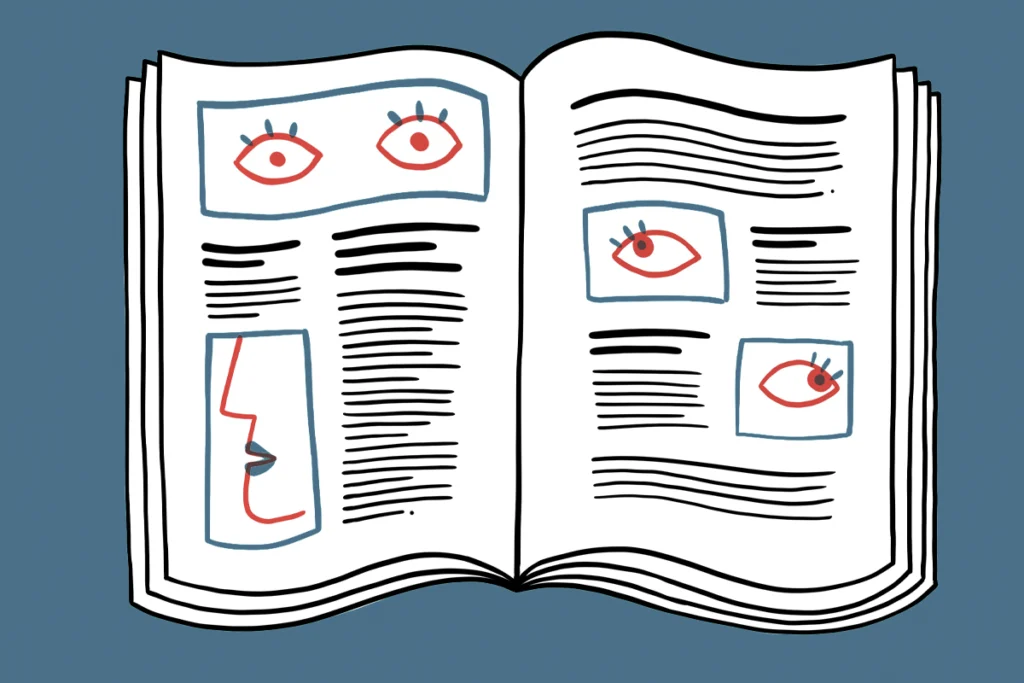Spinning system turns stem cells into mini-brains
Researchers have coaxed human stem cells to develop into simplified mini-brains, with regions resembling discrete brain structures, they reported 19 September in Nature.
Researchers have coaxed human stem cells to develop into simplified mini-brains, with regions resembling discrete brain structures, they reported 19 September in Nature1.
Studying mutations that affect neurons isn’t an easy task. Researchers often test the mutations in mice, but mouse behavior is an imperfect substitute for the complex human behaviors seen in disorders such as autism. Postmortem brain tissue allows researchers a glimpse into the workings of the brain, but this resource is rare and the neurons may be compromised.
One of the more promising approaches to studying brain disorders has been to derive neurons from skin or other cells taken from people with a given disorder. These so-called induced pluripotent stem (iPS) cells can be cultured a dish. However, in a live brain, neurons form complex three-dimensional structures in combinations that make up diverse brain regions.
To address this, researchers have begun to differentiate neuronal stem cells in suspension cultures, allowing the cells to grow in three dimensions. A 2012 study used this technique to generate clusters of neurons that resemble the forebrain.
In the new study, researchers optimized this technique, creating mini-brains patterned into zones that resemble distinct brain regions.
Already, the researchers have shown that these artificial brains may model human disorders better than real mouse brains do. A mutation that leads to small brains in people, but does not significantly affect mice, leads to smaller mini-brains with fewer neurons, for example.
References:
- Lancaster M.A. et al. Nature 501, 373-379 (2013) PubMed
Recommended reading

Expediting clinical trials for profound autism: Q&A with Matthew State

Too much or too little brain synchrony may underlie autism subtypes
Explore more from The Transmitter

‘Huge influx’ of neuroscientists migrates to Bluesky

Anti-seizure medications in pregnancy; TBR1 gene; microglia

